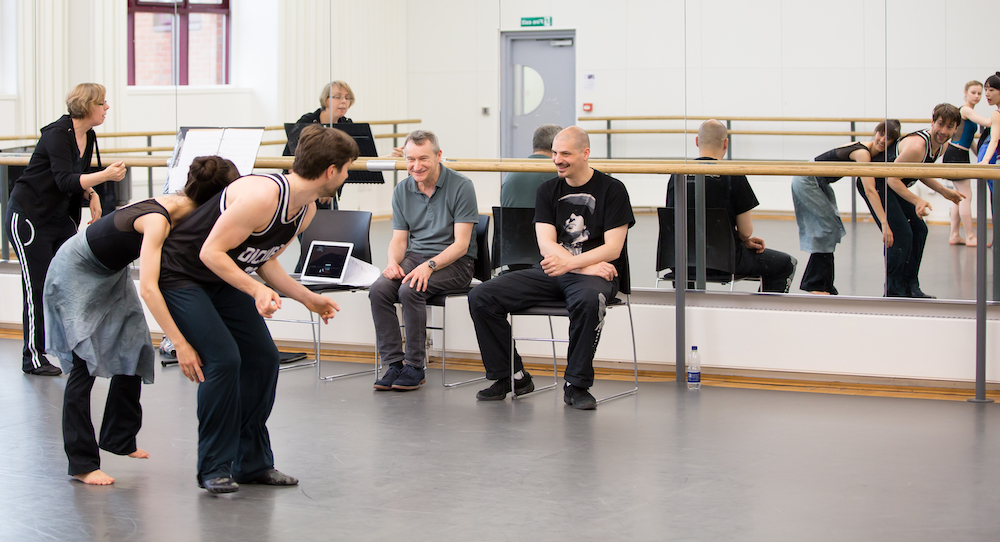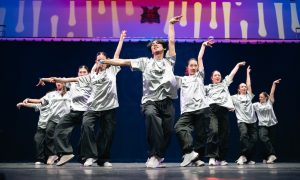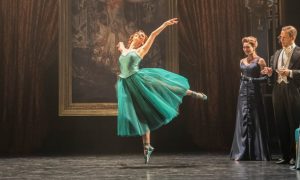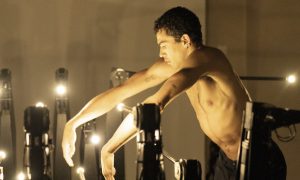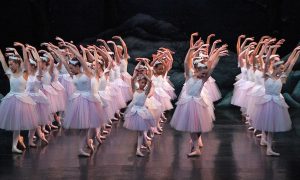Dominic Antonucci is celebrating his 31st year with the Birmingham Royal Ballet (BRB) company. He spent 15 years as a dancer excelling in bravura and dramatic roles and is now in his 16th year behind the scenes. Working with such luminaries as Sir Peter Wright, Sir David Bintley and Carlos Acosta, he makes his career path look deceptively easy. Like any great journey, there have been some bumps in the road.
Where did you start your dance training?
“I started dance lessons in Akron, Ohio, at a small commercial school. I moved on to the Nan Klinger School of Dance; it was my first proper ballet school. I’ve been very fortunate in my life to have learned from some truly incredible teachers, and Nan was the very beginning of that. Nan was an extraordinary teacher and person.”
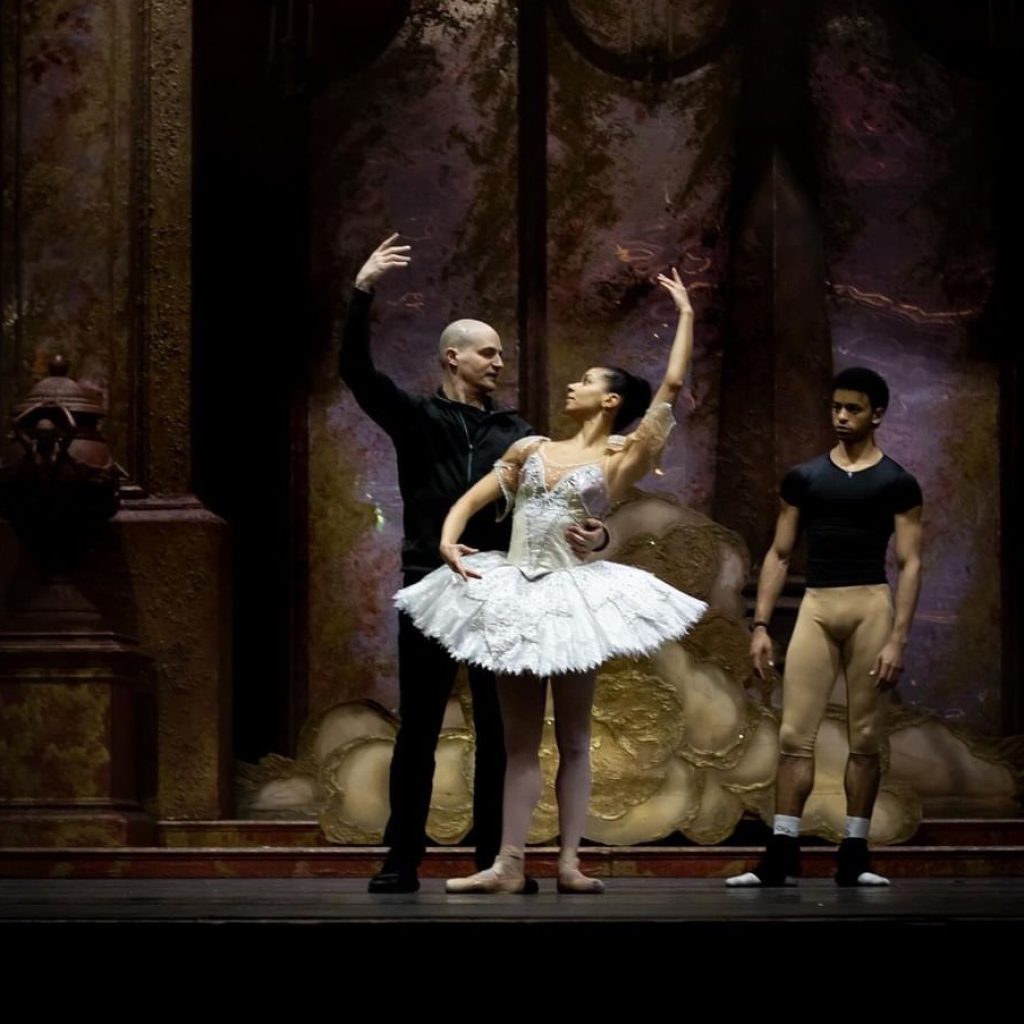
You danced with American Ballet Theatre (ABT) and then moved to Birmingham Royal Ballet. Was there a particular reason you felt compelled to hop across the pond?
“At that time, ABT was struggling financially, and performances were cut back. I was guesting and did the International Ballet Competition in Jackson to keep myself moving forward and improving. My coach at the time, the wonderful David Howard, thought it was the right move for my development when the opportunity came up to join BRB as a Soloist.”
You spent some time as a soloist before being promoted to principal dancer. Did you feel impatient about that?
“I joined BRB as a 20-year-old Soloist and was immediately dancing Principal roles. I had the ability to dance those roles at that point, but I lacked the physical and emotional maturity to really cope with what was on my plate. I made a lot of mistakes in both my professional and personal life and suffered injuries that slowed down my progress. I never blamed anyone but myself, so I didn’t really feel impatient. I realised that I was responsible for my own success or failure. When I finally overcame the challenges that I had created for myself and was promoted to Principal, it meant even more to me than it would have if I had just climbed through the ranks without problems.”
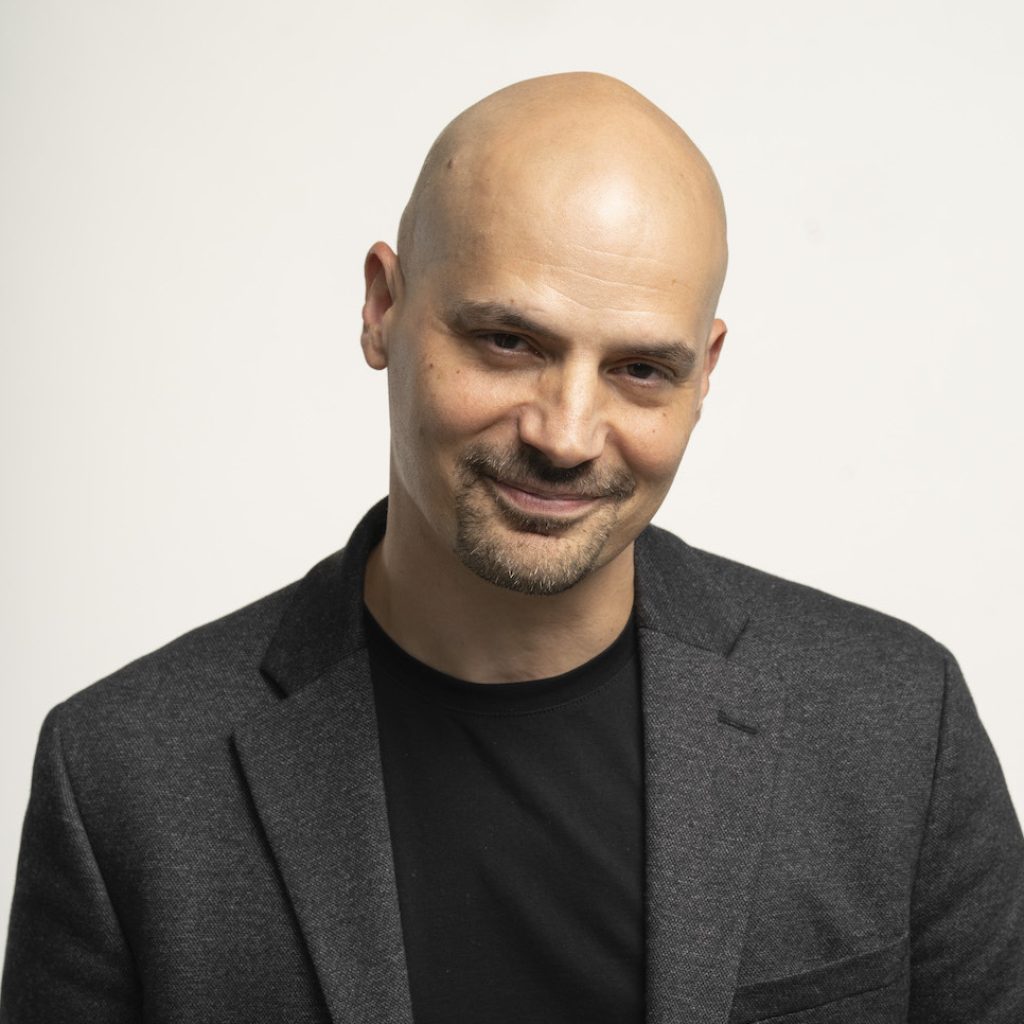
What made you decide to retire from performing? What did you do after that?
“In 2008, I underwent a sixth knee operation. By that time, I had danced most of the leading male repertoire at BRB and was ready to look at the next phase of my career. After speaking with my father, he and I both thought that my future physical health was more valuable than dancing on and on. I then decided to dance one final season, which would not include full-length leading roles, and then retire in 2009.
I was interested in teaching because of the great teachers I had worked with: Nan Klinger, David Howard, Stanley Williams, Andrei Kramarevski, Maggie Black, to name a few. I had been teaching company class as a dancer for several years by then and worked at the National Ballet of Japan as a guest Ballet Master. It felt like the natural next step for me to join the Ballet Staff of BRB, and I’m very grateful to have been given that opportunity.
I never imagined myself as Assistant Director, but when the position opened up, I had been Ballet Master for many years at BRB. I felt it was right for me to go for it. I feel the same way about possibly becoming an Artistic Director someday. I never thought of myself as a Director, but if the opportunity presented itself, it might be a natural next step for me. Having said that, I’m very fulfilled by my work and my current role at BRB, so I haven’t put any pressure on myself to move on to anything else.”
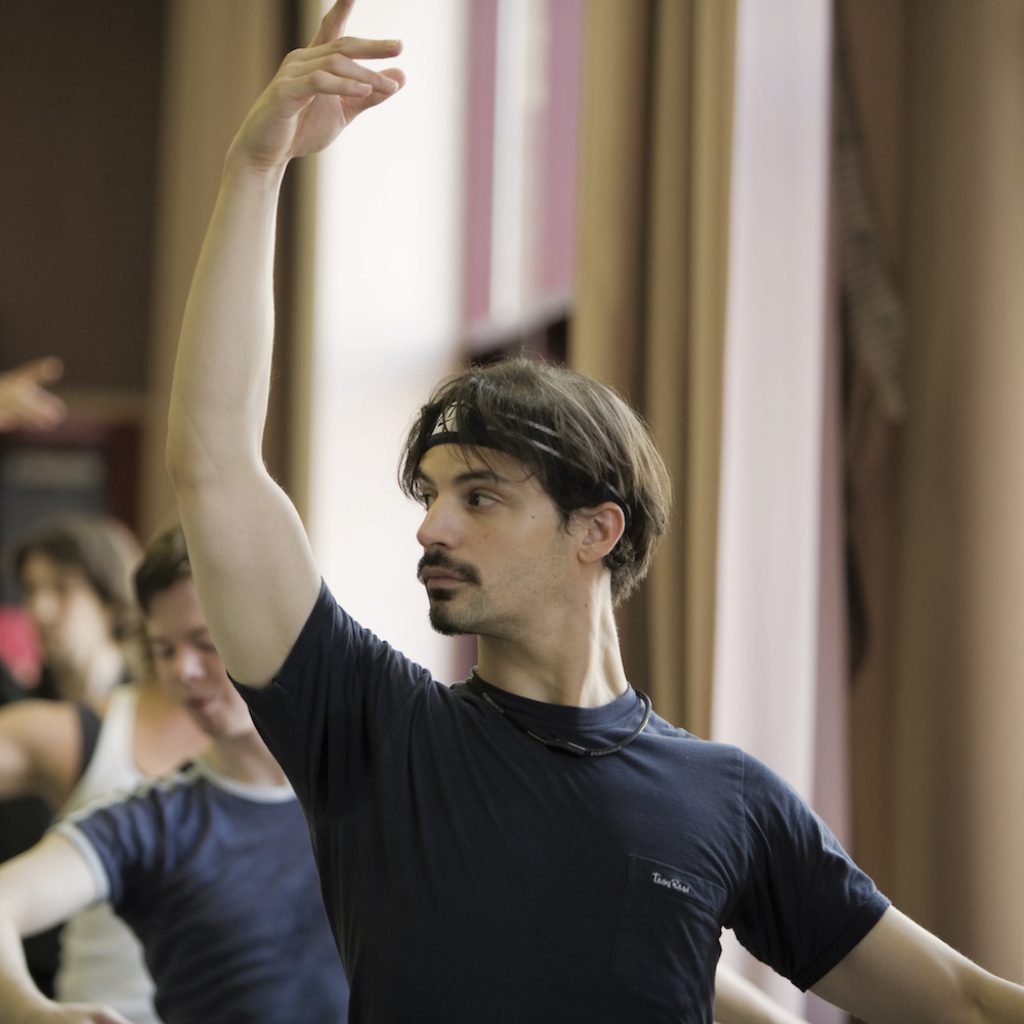
What does a typical workday look like for you?
“During rehearsal periods, I usually arrive at my office between 9 and 9:30. I work on emails or casting for that first hour or so until dancers and staff start to knock on my door. Sometimes I teach class in the morning, and maybe I will have some rehearsals in the studio if I am lucky. Meetings are a big part of all of my days when we are not in the theatre or on tour. I’m always happy nowadays when I have the chance to be in the studio. During performances, I will start a little bit later because we will be working until around 10-10:30 p.m. I watch as many of the performances as I can manage. Sometimes my mind and eyes need a rest, but I would say that I watch around 90 percent of BRB’s 100-plus performances each year.”
You’ve been the Assistant Director of the company for four years now. What have you learned in that time?
“Wow. Every day is a new lesson. I’ve certainly learned that there are many levels of complexity involved in managing and running a ballet company that the dancers are largely unaware of. Every decision has to be considered from many different angles. It’s not as simple as just selling tickets and putting on the best shows that you can, although that is plenty difficult on its own. After we closed down for a while during the pandemic, I also learned never to take for granted what a privilege it is to perform and tour like we do.”
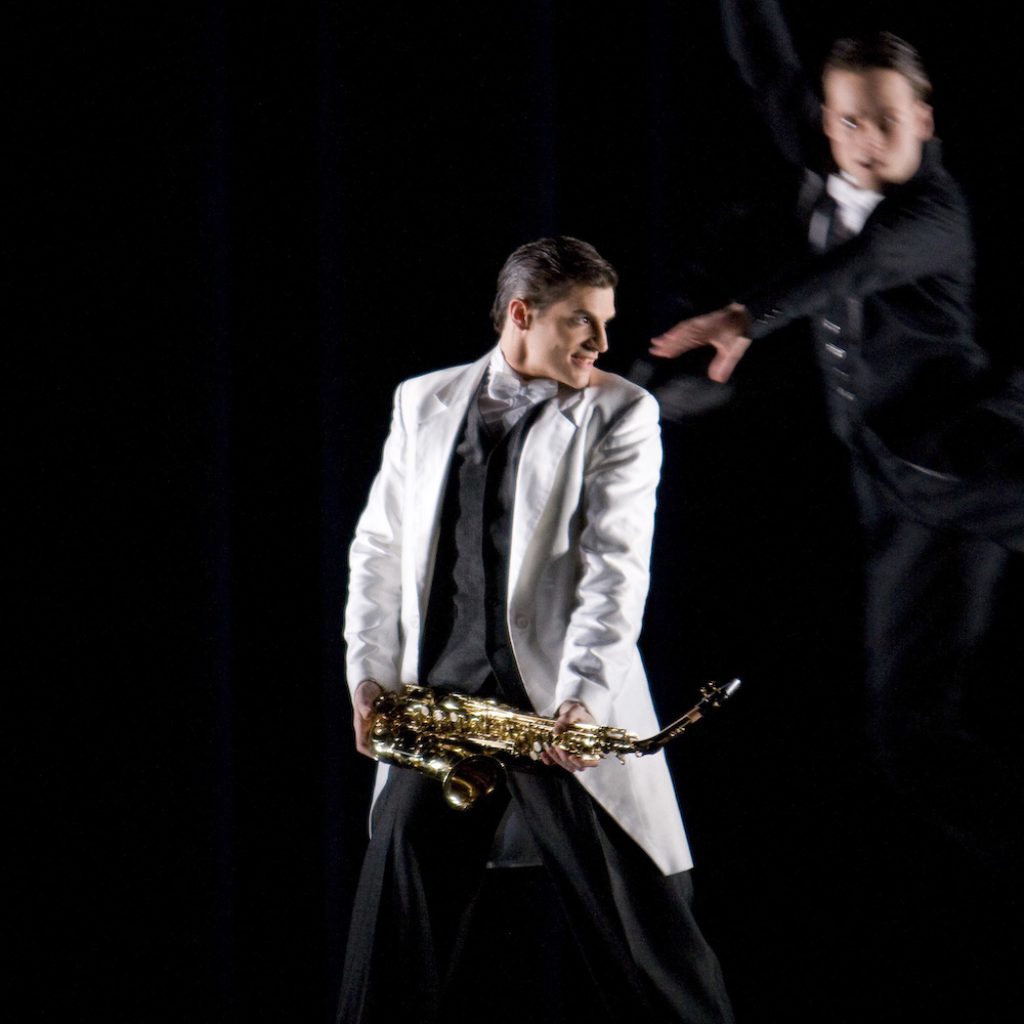
What do you hope to accomplish for the company in the future?
“BRB is performing at a very high standard at the moment. I would like to continue to improve on that while also improving the health and well-being of all of our dancers and staff. As the financial situation for the arts becomes more and more difficult, we need to find ways to continue to present our performances at a high level while reducing costs. This is the reality that most ballet companies are facing. I would love to help BRB find this sustained success for many more future years.”
What advice do you have for young hopefuls who want to take on artistic staff roles within a ballet company?
“In terms of preparing for a career after dance… start early, even if you are planning to dance for a long time into the future. The earlier you start gaining experience and qualifications, the better. Recognising stepping-stone experiences is also important. Participating in activities or endeavours that will help inform or enrich your future goals can be helpful for you down the road.”
By Mary Carpenter of Dance Informa.


